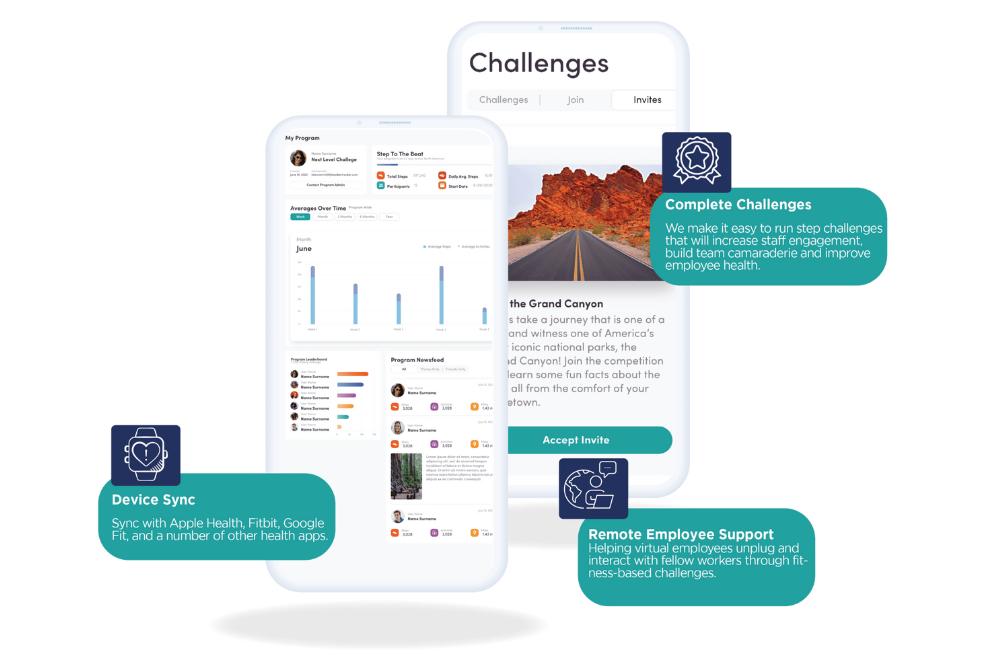June 3, 2024


In the modern workplace, diversity is not just about culture or gender; it's also about the generational mosaic of employees. From Baby Boomers to Gen Z, each generation boasts its own set of expectations and needs regarding employee benefits. With a dynamic job market where loyalty is hard-won, it becomes mission-critical for organisations to tailor their benefit packages to attract, retain, and engage the broad spectrum of generational talent.
In this article, we will shed light on the unique preferences of generational workers, unravelling the secret sauce of benefit packages that resonate with each age cohort and why understanding the nuances of generational workers is the first step toward crafting a benefits strategy that stands out and stays relevant.
The Generational Divide in the Modern Workforce
Today's workforce is a tapestry of four generations: Baby Boomers, Generation X, Millennials, and Generation Z. Each was shaped by distinct historical events, cultural influences, and technological revolutions, which have profoundly impacted their work ethic and values.
![]()
![]()
Baby Boomers (Born 1946–1964)
Known for their work-centric lives and traditional career progression, they often prioritise retirement benefits, such as pensions, and healthcare.
Generation X (Born 1965–1980)
Valuing work-life balance and flexibility, this 'latchkey generation' appreciates benefits like remote work options and flexible scheduling.
Millennials (Born 1981–1996)
Focused on personal development and company culture, they seek benefits that foster wellbeing, learning, and a positive work environment.
Generation Z (Born 1997–2012)
Tech-savvy and entrepreneurial, they favour benefits that support their health and offer opportunities for growth and innovation.
Understanding these broad strokes is just the starting point. Now, we must explore how these values manifest in the workplace and in the benefits employees are seeking.
Benefits on the Employees' Wishlist
The traditional 9-5 job with a fat paycheck and medical insurance no longer cuts it. The workforce has shifted from job satisfaction to job fulfillment, and the benefits desired have pivoted accordingly. Here's a closer look at the modern benefits that capture generational workers' collective eye.
Financial Wellbeing Benefits
Financial stability is a perpetual concern, but the approach to addressing it varies across generations. Younger employees are often more focused on student loan repayment assistance and retirement saving plans, while the older ones may seek financial planning services and life insurance.
Work-Life Harmony Perks
Work-life balance is a buzzword across all generations, but the methods to achieve it differ. Baby Boomers might appreciate sabbaticals or phased retirement plans, while Millennials and Gen Z prefer unlimited vacation time and remote work options.
Learning and Developmental Assistance
Professional growth is a non-negotiable aspiration; each generation has a distinct flavour of how they'd like to achieve it. From tuition reimbursement programs for youngsters to executive coaching or mentoring programs for seasoned professionals, it's about keeping the growth opportunities multifaceted.
Health and Wellness Programs
Health has always been wealth, but its interpretation has evolved. Traditional medical coverage is a staple, but wellness stipends, mental health support, gym memberships, and even standing desks are becoming mainstream, especially for younger employees.


Tech and Innovation Facilitation
The technology fluency of Gen Z and millennial workers has swayed benefits in a more tech-oriented direction. This includes equipment allowances for remote teams, the latest software subscriptions, and even adventurous benefits like tech-free hours or retreats for the older generations.
Transparent and Flexible Organisational Policies
Transparency in company operations and benefits policies is vital, especially for the more sceptical Gen Xers and younger Millennials. Flexible benefits packages that allow personalisation to cater to individual needs are also a rising preference across all generations.
Fulfilling these diverse benefit wish lists isn't a one-size-fits-all strategy or a seasonal trend; it requires a nuanced, ongoing conversation with employees to keep the offerings updated and in sync with the evolving workplace dynamics.
The Impact of Personalised Benefit Packages
Offering customised employee recognition packages tailored to the preferences of generational workers yields multiple advantages. Firstly, it enhances the employer value proposition, which is crucial for attracting top talent in a competitive market. Secondly, it boosts employee engagement, increases productivity, and creates a happier, more loyal workforce. Thirdly, it creates a culture of inclusivity and respect, fostering a positive employer-employee relationship.
Engagement and retention rates often serve as barometers of how well a company's benefit package aligns with its employees' values. A blanket approach to benefits is fast losing its appeal, with personalisation taking centre stage. It's about recognising employees not only for their contributions to the company but for who they are as individuals.
Tailoring Your Benefit Offerings
With the landscape of benefit preferences mapped out, the next crucial step is tailoring your benefit offerings to meet these expectations. Here's how to do it:
Analyse the Common Threads
Look for shared values and preferences within each generation and cross-reference them with your current benefit structure. What's missing? What could be enhanced? These questions are the foundation for building a benefits program that resonates.
Bridge the Gaps
Solicit feedback through surveys, focus groups, or simply talking with employees. Ensure that your offerings reflect what your workforce genuinely desires and not just what you assume.
Get Creative
The best benefit plans are as unique as the people they're designed to serve. Consider unconventional benefits that could be particularly appealing, such as volunteer time off, on-site daycare, or pet-friendly workspaces.
Communicate Effectively
No matter how enticing your benefit offerings are, they'll fall flat if employees don't understand or know about them. Invest in clear communication that highlights the value and accessibility of each benefit.
Stay Agile
The one constant in the workforce is change. Keep abreast of new benefit trends, and be prepared to adjust your offerings as needed. Flexibility and a willingness to change will set your organisation apart as an employer.
By aligning your benefits with the diverse needs of generational workers, you're not just ticking a box – you're creating a solid foundation for a harmonious, motivated, and committed workforce.
Conclusion
Understanding generational workers and their benefit preferences is not just an intellectual exercise; it's a strategic imperative. In the fluid, competitive job market, companies that can crack the code of generational benefits will thrive.
Check out Terryberry's innovative employee engagement platform to start your company's transformation. By focusing on the personal and professional needs of generational workers, you can ensure that your benefits program is a beacon that attracts and retains the absolute best talent – across all generations.